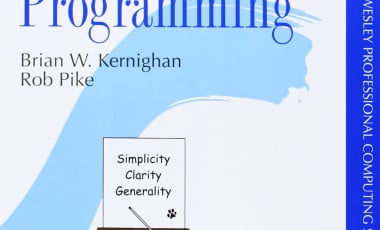Web Accessibility Guidelines - What and Why it matters
Web Content Accessibility Guidelines was conceived by World Wide Web Consortium (W3C) with a motive to make web and digital technology accessible for all. The first version of accessibility guidelines, WCAG 1.0 was released on May 5th, 1999. It continued for about 10 years and in 2008, WCAG 2.0 was released. In addition to web properties, 2.0 also takes care of other digital assets like PDF, Documents, Google Docs, Spreadsheets, mobile apps, etc. The past 10 years have witnessed many technology changes, to cope-up with the technology changes and to bridge the known gaps in WCAG 2.0, WCAG 2.1 was released in June 2018.
WCAG Standard: https://www.w3.org/WAI/standards-guidelines/wcag/
WCAG2.1 and Use Cases: https://www.w3.org/WAI/standards-guidelines/wcag/new-in-21/
Following are the 4 principles of WCAG
- Perceivable: Users must be able to perceive it in some way, using one or more of their senses.
- Operable: Users must be able to control UI elements (e.g. buttons must be clickable in some way — mouse, keyboard, voice command, etc.).
- Understandable: The content must be understandable to its users.
- Robust: The content must be developed using well-adopted web standards that will work across different browsers, now and in the future.
Benefits of making a website accessible
- Improved brand perception - All inclusive knowledge delivery
- Accessibility also contributes to search engine friendliness
- Improved number of users - A new array users having disability
- Improved user experience - Accessibility also brings in a number of user experience features



